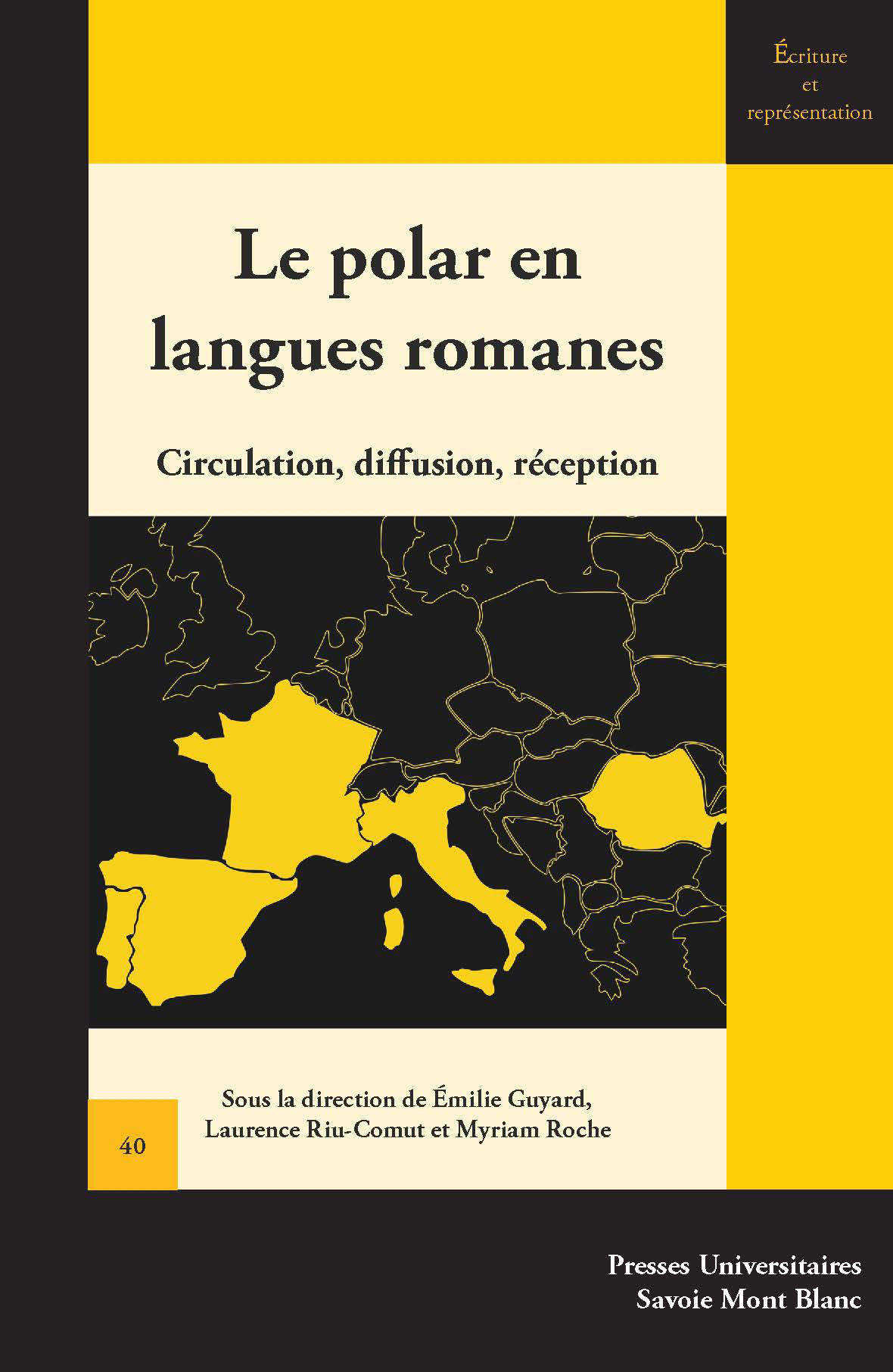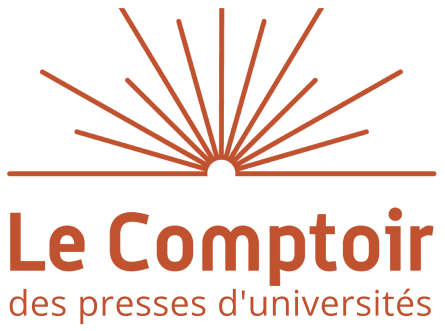PROLOGUE
PREMIERE PARTIE : VOIES ET MODES DE DIFFUSION DU POLAR EN LANGUES ROMANES
1. Romanité(s) noire(s) : un éclairage par le Big data - Jacques Migozzi (Université de Limoges)
2. La circulation des fictions criminelles de langue romane en France : entre logiques économiques et logiques symboliques - Natacha Levet (Université de Limoges)
3. Introducción y recepción de las series de narrativa negra y policiaca en España - Javier Sánchez Zapatero (Universidad de Salamanca)
4. Festivales y congresos de novela negra en España: difusión, recepción y dignificación literaria - Cristina Pérez Sierra (Université de Pau et des pays de l'Adour)
5. Les blogueurs français et le roman policier en langues romanes - par Sándor Kálai (Debreceni Egyetem – Université de Debrecen)
6. Avventure di un detective americano in terra surrealista: Nick Carter tra la Francia e l'Italia - Roberta Sapino (Università degli Studi di Torino)
7. La nouvelle fortune du giallo en France. Retour sur un engouement récent - Arnaud Widendaële (Université de Lille)
DEUXIEME PARTIE : DU TEXTE À L'ÉCRAN, CONTOURS ET DETOURS DE L'ADAPTATION INTERMEDIALE
8. The Innocent/El Inocente. De Newark à Barcelone, d'Harlan Coben à Oriol Paulo : transferts culturels et médiatiques sous la houlette de Netflix - Diane Bracco (Université de Limoges)
9. Roger Borniche, un romancier hors-la-loi : des histoires de flics entre enquêtes, livres et films - Cristina Trinchero (Università degli Studi di Torino)
10. Il mestiere di raccontare la realtà: mafia e terrorismo nel "giallo" italiano - Alessandro Perissinotto (Università degli Studi di Torino)
TROISIEME PARTIE : DESTINS ET IDENTITES DU POLAR EN LANGUES ROMANES : QUELQUES EXEMPLES
11. Literatura poli?ista ?i utopianismul social. Despre fractura ideologica a comunicarii între Apusul ?i Rasaritul "lumii romanice", 1970-1989 - Caius Dobrescu (Universitatea din Bucure?ti - Université de Bucarest)
12. Quem assassinou o romance policial português? O romance policial em Portugal e as suas relações com os paradigmas estrangeiros Gabriel Magalhães (Universidade da Beira Interior)
13. Serialitat, circulació transnacional i gènere negre en llengua catalana - Álex Martín Escribá (Universidad de Salamanca)
14. Le polar québécois en France (et en Europe francophone) : entre ouverture et idées reçues - Stéphane Ledien (Université Laval)
QUATRIEME PARTIE : POINTS DE VUE SUR LA TRADUCTION ET LA RECEPTION DES TEXTES
15. De Marseille à l'Espagne : réception et traduction de la trilogie de Jean-Claude Izzo en Espagne - Myriam Roche et Pierre-Laurent Savouret (Université Savoie Mont Blanc)
16. San-Antonio et la censure franquiste - Pierre-Laurent Savouret (Université Savoie Mont Blanc)
17. L'art de la coupe - Christophe Dupuis (chercheur indépendant)
18. La narration par la marge : comment recréer les voix du polar? - Amandine Py (traductrice)

